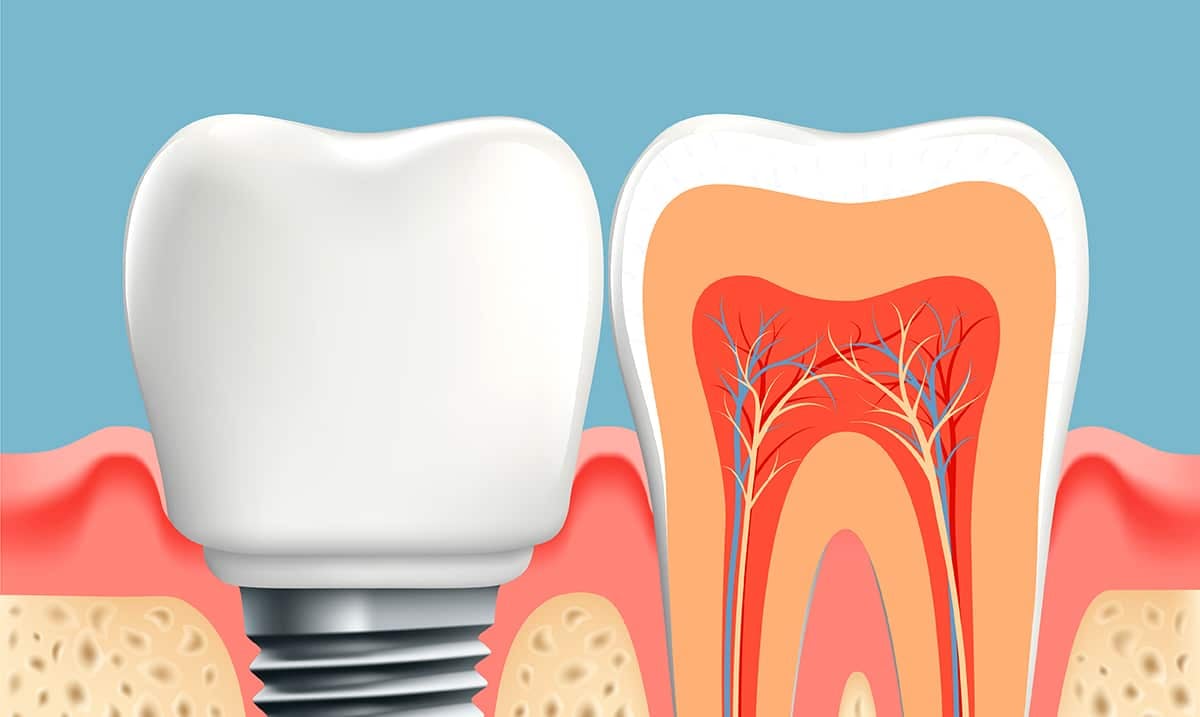When it comes to our teeth taking care of them is very important. Once they’re gone, they’re gone or at least that’s how it’s been for as long as I can remember.
There are tons of people here in the US and across the globe who happen to be missing teeth. This because while you could get a fake tooth or some kind of dental implant, those things are expensive and your average person just isn’t able to afford it. The idea of there being some kind of cheaper alternative would change this for tons of people and give them a new sense of self as having missing teeth can make you feel bad and lower your self-esteem.
It should also be noted that dental prosthetics and fake teeth overall can have some serious risks. You can read more on that by clicking here. While it might not end up happening to everyone being aware is important especially if you’re considering going down that route with your own mouth.
Now, back to the potential for a cheaper fix for these missing teeth issues. I recently came across information on a study from back in 2010 that blew me away. This study was carried out by scientists at the Tissue Engineering and Regenerative Medicine Laboratory at Columbia University. Those scientists were able to develop a technique like no other, this being something that would allow the body to regrow ‘teeth’ within the sockets themselves.
As follows was written in regards to this in The Journal Of The American Dental Association:
Scientists have developed a technique that can guide a body’s stem cells to regenerate teeth, according to an article in the May issue of the Journal of Dental Research.
The results of an animal-model study conducted in the Tissue Engineering and Regenerative Medicine Laboratory Columbia University Medical Center in New York City has shown that by guiding stem cells to a scaffold made of natural materials and integrated in surrounding tissue, practitioners do not need to use harvested stem cell lines or create an environment outside of the body (for example, in a petri dish) to grow the tooth and then implant the tooth once it has matured. Instead, the tooth can be grown “orthotopically,” or in the socket, where the tooth can integrate with surrounding tissue in ways that are not possible with hard metals or other materials.
Study researchers made three-dimensional anatomically shaped human molar scaffolds and rat incisor scaffolds. In each of 22 rats, they implanted an incisor scaffold orthotopically in mandibular incisor extraction pockets and a human molar scaffold ectopically in the dorsum. They then infused the scaffolds’ microchannels with two growth factors. They also implanted growth-factor–free control scaffolds.
After nine weeks, they found that periodontal ligament-like fibrous tissue and new bone regenerated where the rat incisor scaffolds interfaced with native alveolar bone. The human molar scaffolds showed integration and tissue ingrowth. Researchers also found that the growth factors recruited significantly more endogenous cells and led to greater angiogenesis than did the growth-factor–free control scaffolds.
“These findings represent the first report of regeneration of anatomically shaped tooth-like structures in vivo, and by cell homing without cell delivery,” wrote corresponding author Dr. Jeremy Mao, the Edward V. Zegarelli Professor of Dental Medicine at Columbia University Medical Center, and his colleagues.
The study was supported by the National Institutes of Health grant from the National Institute of Dental and Craniofacial Research.
This whole concept could make tooth loss itself something we no longer have to face if trials and other studies in regards prove through in the same manners that this one has. You see once the stem cells have settled the scaffold a tooth grows from there within the person (or in this study’s case mouse’s) mouth. From there it merges with the surrounding tissue and provides the patient with a ‘tooth.’ This tooth being anatomically correct and only taking about 9 weeks to ‘grow.’
Tooth regeneration is something that tons of people are making progress in at the moment and as the future begins to present itself there is no doubt that something in this area will be changing the way in which we deal with missing teeth or how we replace teeth altogether. Perhaps as time passes these researchers will be able to speed up the process of growth and come up with a method that truly shifts us all.
For more information on stem cells and dental work please feel free to check out the video below. What do you think about all of this? While more research needs to be done, this is a step towards the right direction. Stem cells could be the key to really getting our dental care where it needs to be.

